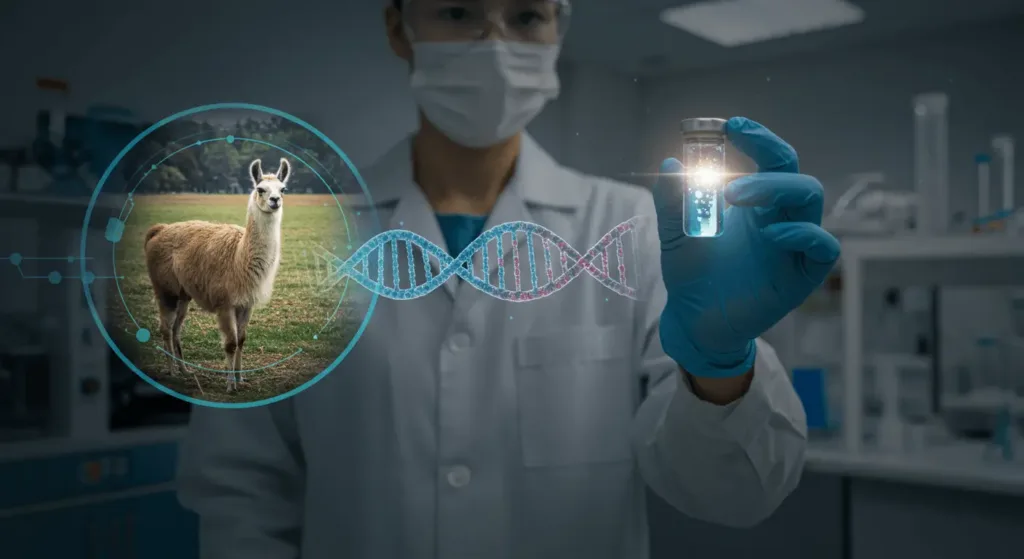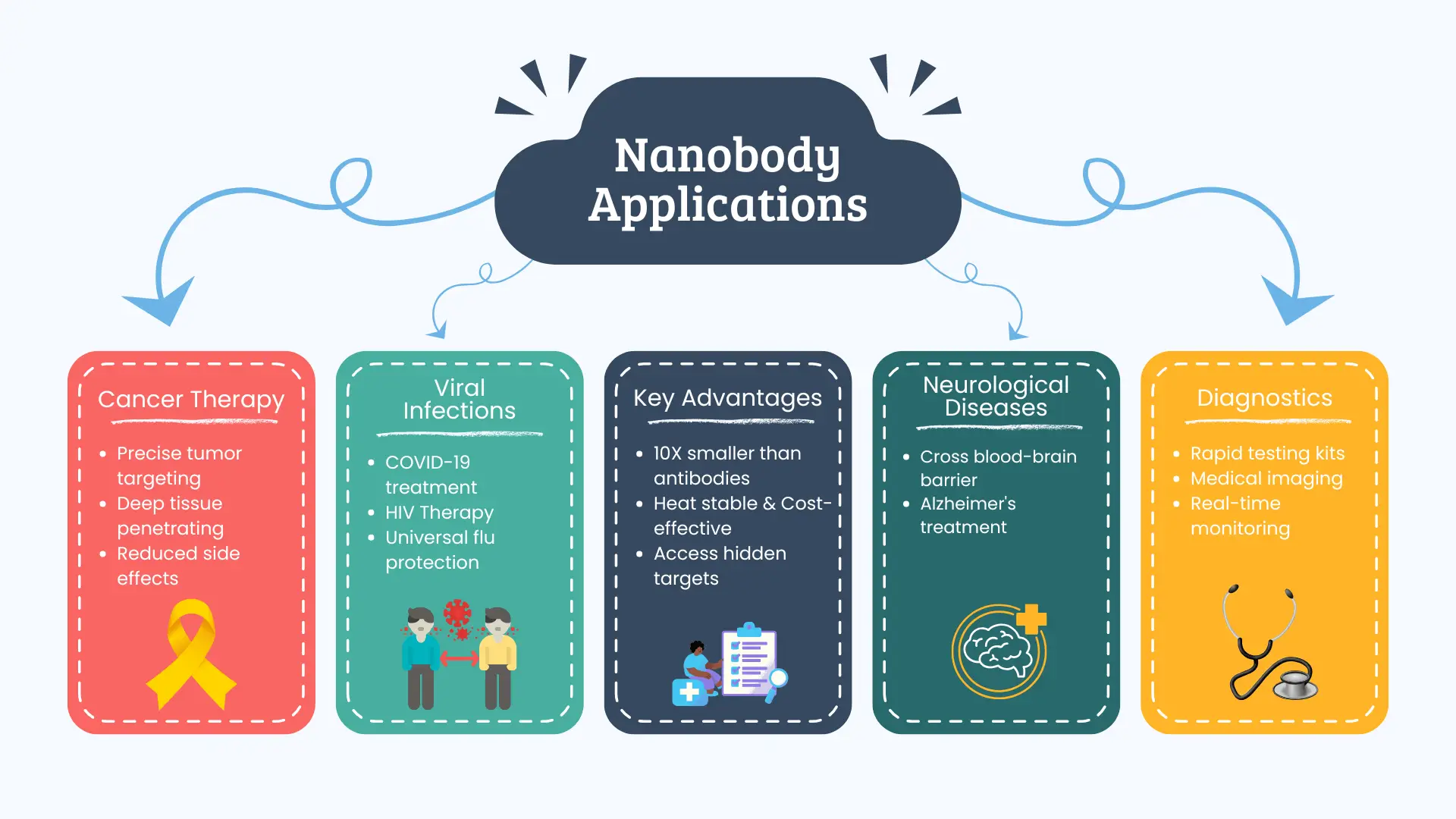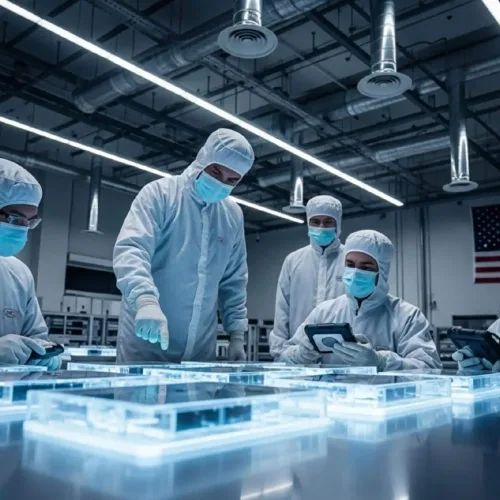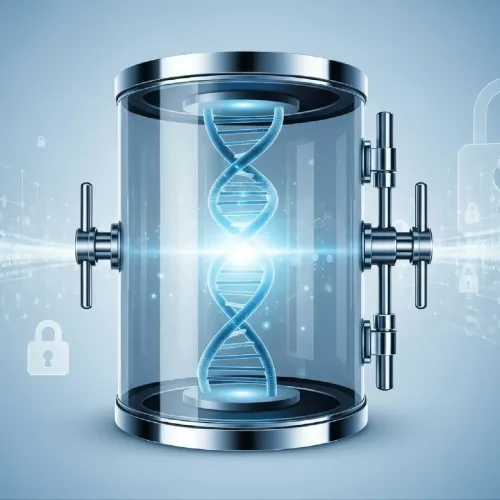Nanobodies are so small that you would need 10,000 of them lined up to match the width of a human hair. However, they are so powerful that they can be used to treat cancer, detect various diseases, and even fight against infections. You must have heard about antibodies, that they are our bodies’ warriors. But, nanobodies are even smaller, tougher, more precise fighters. They are not just another scientific wonder, they are changing the way diseases are treated and diagnosed. They come from the unique immune systems of llamas, camels, and alpacas, and these tiny antibodies are revolutionizing biotechnology. Unlike traditional antibodies that have supported medicine for decades, nanobodies offer unprecedented precision, stability, and flexibility.
In this guide, you’ll see how these small but powerful nanobodies are already transforming cancer treatment and accelerating COVID-19 testing. You’ll learn why they stand out above traditional monoclonal antibodies. You’ll explore their clinical uses today. Furthermore, you’ll look to a future where AI-designed nanoparticles bring personalized medicine within everyone’s reach.
Nanobodies Explained: Definition, Structure & Role in Medicine
Nanobodies are a special type of antibody. Unlike the Y-shaped antibodies in humans, nanobodies have a simpler shape. They exist as a single, small protein domain, which is why people call them “single-domain antibodies.” Human antibodies have two heavy chains and two light chains, but animals like llamas, camels, and alpacas make antibodies with only the heavy chains. This heavy chain has a binding part that we call a nanobody.
The Discovery That Changed Everything
The discovery of these unusual antibodies was an amazing breakthrough. In 1989, researchers at the Free University of Brussels in Belgium made this surprising discovery by chance while studying the blood of camels. They found that camelids, which include llamas, camels, and alpacas, produce antibodies that are fundamentally different from those found in humans and other mammals.
This discovery is a first step towards harnessing their unique properties for medical use. Their small size and simple structure make them completely different from human antibodies. They are about one-tenth the size of a traditional antibody, which gives them a set of powerful advantages that we will explore later.
What Makes Nanobodies Unique
The secret to nanobodies’ effectiveness lies in their structure. Their tiny size gives them several superpowers, some of them are discussed here:
- Improved Tissue Penetration: Their small size allows them to penetrate dense tumor tissue and cross biological barriers that larger antibodies can’t navigate.
- Exceptional Stability: Unlike their larger cousins, nanobodies can withstand extreme temperatures, pH changes, and other harsh conditions that would destroy traditional antibodies.
- Simple Structure: With only one protein domain, nanobodies are much easier and cheaper to produce than complex monoclonal antibodies.
As illustrated in the comparison table below, the structural differences between nanoparticles and traditional monoclonal antibodies are clearly obvious.
| Characteristic | Nanobodies | Monoclonal Antibodies |
|---|---|---|
| Size | 2-3 nm | 10-15 nm |
| Molecular Weight | 12-15 kDa | ~150 kDa |
| Tissue Penetration | Excellent | Limited |
| Production Cost | Low | High |
| Stability | Very High | Moderate |
| Development Time | 6–8 weeks | 6–12 months |
| Storage Requirements | Room temperature possible | Refrigeration required |
How Are Nanobodies Produced?
The production process begins with camelids. These animals naturally produce nanobodies as part of their immune system response. When a target antigen (the molecule we want the nanobody to bind to) is injected into a llama, for example, the animal’s immune system produces heavy chain-only antibodies.
After a few weeks, scientists collect blood samples from the vaccinated animals. The illustration of a llama’s immune system below shows how these unique antibodies circulate throughout the blood, ready for clinical use.
Notably, the process does not harm the animals. Llamas and other camelids can donate blood regularly, just like human blood donors, making nanobody production ethical and sustainable.

Laboratory Production: From Blood to Medicine
Once collected, the real magic happens in the laboratory through recombinant DNA technology. Scientists extract the genetic code for the nanoparticles from blood samples and insert this DNA into bacterial, yeast or mammalian cells. These cellular factories then produce identical copies of the desired nanoparticles on a large scale.
This process offers several advantages:
- Scalability: Once the genetic template is established, millions of identical nanobodies can be produced.
- Consistency: Every nanobody batch maintains the same properties and effectiveness.
- Customization: Scientists can modify the genetic code to enhance specific properties.
The entire process from llama immunization to laboratory production takes almost 6–8 weeks. This duration is significantly faster than traditional monoclonal antibody development.
AI-Designed Nanobodies: Shaping the Future of Medicine
Looking to the future, the production of nanobodies is getting even more advanced. Researchers are now using artificial intelligence (AI) and protein engineering to design nanobodies from scratch, without the need for an animal host. This could one day lead to nanobodies that are custom-built to fight specific diseases with unprecedented speed and precision. These AI-designed nanobodies can be:
- Optimized for specific targets before any laboratory work begins
- Designed to overcome traditional limitations of natural antibodies
- Created for targets that might be difficult to produce through traditional immunization
For readers interested in delving deeper into biotechnology innovation, “Antibody Engineering: Methods and Protocols” provides comprehensive insights into both traditional and modern antibody development techniques.
Medical Applications of Nanobodies
The unique properties of nanobodies make them ideal for a wide range of medical applications, many of which are already in clinical trials.
Cancer Therapy with Nanobodies: Precision at the Molecular Level
In cancer treatment, health is everything. The difference between killing cancer cells and healthy cells often comes down to targeting the right molecular markers. Nanobodies excel at this precise target in several ways:
1. Tumor Penetration:
Solid tumors are notoriously difficult to penetrate with drugs. The dense, chaotic structure of tumor tissue acts like a biological maze. Traditional antibodies often get stuck at the edge of the tumor, but nanobodies can penetrate deep into the tumor core, ensuring that more cancer cells are reached.
2. Reduced Side Effects:
Because nanobodies can be engineered to target only specific markers found on cancer cells, they cause fewer side effects than traditional chemotherapy. Patients experience less nausea, hair loss, and immune suppression.
3. Combination Therapies:
Nanobodies can be attached to radioactive particles, toxins, or other therapeutic agents, creating targeted missiles that deliver treatment directly to cancer cells while sparing healthy tissue.
Recent clinical trials have shown promising results for nanoparticles in the treatment of breast cancer, colorectal cancer, and blood cancers. The precision they offer signifies a significant step towards truly personalized cancer treatment.
Viral Infections: Tiny Defenders Against Microscopic Invaders
The COVID-19 pandemic has highlighted the urgent need for rapid and effective treatments for viral infections. Nanobodies have emerged as powerful weapons in this fight as well.
1. COVID-19 Applications:
Researchers have developed nanobodies that bind to the SARS-CoV-2 spike protein and block the virus from entering human cells. These nanobodies can be administered as a nasal spray, providing protection at the primary site of infection.
2. HIV Research:
The ability of nanoparticles to reach hidden viral reservoirs makes them promising candidates for treating HIV. Traditional HIV drugs struggle to reach all the places where the virus hides in the body, but the small size of nanoparticles gives them access to these protected locations.
3. Influenza Prevention:
Scientists are developing nanobodies that target conserved regions of the influenza virus—parts that don’t change much from year to year. Scientists say that they could lead to universal flu treatments that work against multiple strains.
Neurological Diseases: Crossing the Final Frontier
The blood-brain barrier is a major obstacle for many drug therapies. It’s a highly selective membrane that protects the brain from harmful substances. However, some nanobodies are small enough to cross this barrier, opening up new possibilities for treating neurological conditions like Alzheimer’s and Parkinson’s disease.
Nanobodies in Diagnostics
Nanobodies are not only changing treatments but also reshaping the way diseases are diagnosed. Because they are stable and highly accurate, they work really well for detection and imaging.
In diagnostic imaging, scientists tag nanoparticles with radioactive molecules and use them as tracers to find tumors. Their small size helps them reach tumors quickly, create a strong signal, and then quickly leave the body. This gives doctors a sharp and high-contrast image in a short time.
Nanobodies also power rapid testing kits, such as at-home COVID-19 tests, but often with greater accuracy. Because they can bind tightly to specific markers in a sample, they make reliable biosensors that allow for real-time monitoring of various health conditions. The detailed infographic below highlights the wide-range potential of nanobodies as a therapeutic tool for some of our most challenging diseases.

Future of Nanobody Research
Nanobody research is advancing faster than ever before. New technologies and strong investment from pharmaceutical companies and biotech startups are driving this progress. Key trends are now shaping how nanobodies will evolve in the future.
1. AI and Synthetic Biology
For a few years now, AI has been changing the way scientists design new nanobodies. It studies protein structures and predicts the best sequence for a chosen target, greatly accelerating the discovery process. With synthetic biology, researchers can then build these molecules from scratch. Together, AI and synthetic biology create a powerful new pipeline for drug discovery.
2. Commercial Interest
Biotech startups are actively refining nanobody technology, while large pharmaceutical companies are pouring money into research and development. This wave of commercial interest clearly demonstrates the potential of the technology and the industry’s strong confidence in it.
3. Ethical Questions and Global Access
As with any new medical technology, there are ethical concerns. How do we ensure that these new treatments are universally accessible and not just available to wealthy countries? Lower production costs for nanobodies could help, but this is an important conversation as the technology matures.
Conclusion
Nanobodies show how even the smallest discoveries can spark massive change. These tiny but powerful antibodies don’t just sit idly by in medical history—they advance medicine with new ways to target diseases and improve diagnostics. They fight cancer, combat viral infections, and even cross the blood-brain barrier, proving how versatile they are and how much they can reshape healthcare.
At Learning Breeze, we share these successes as they open the door to a future of better, more precise, and more accessible medicine. The story of nanobodies illustrates the power of curiosity and innovation, reminding us to look ahead with hope and vision. If this piques your curiosity, you might enjoy testing your knowledge with our microbiology quiz—a fun way to see how much you already know about how tomorrow’s science is shaped.
Recommended Resources for curious minds
- Antibiotics Basics for Clinicians by Alan R. Hauser
- Genome: The Autobiography of a Species by Matt Ridley
- The Immune System by Peter Parham
- Protein Engineering and Design by Sheldon J. Park
FAQ Section
Nanobodies are small, single-domain antibodies derived from camelids like llamas and camels. They are about one-tenth the size of a conventional human antibody and are known for their high stability and ability to reach difficult-to-access targets.
Yes. In 2018, the first nanobody drug (Caplacizumab) was approved for a rare blood disorder. More nanobody-based therapies are now in clinical trials.
Nanobodies are a type of antibody, but they are structurally much simpler and smaller. Traditional antibodies are large, Y-shaped proteins with four chains, while nanobodies are single-chain proteins. This small size gives them advantages in stability, cost of production, and ability to penetrate tissues.
Yes, nanobodies are being researched for use in vaccines. They can be used to stabilize specific viral proteins, making the vaccine more effective at generating an immune response.
Biotech companies like Ablynx (Belgium), Sanofi, and several startups are leading nanobody-based drug development.




